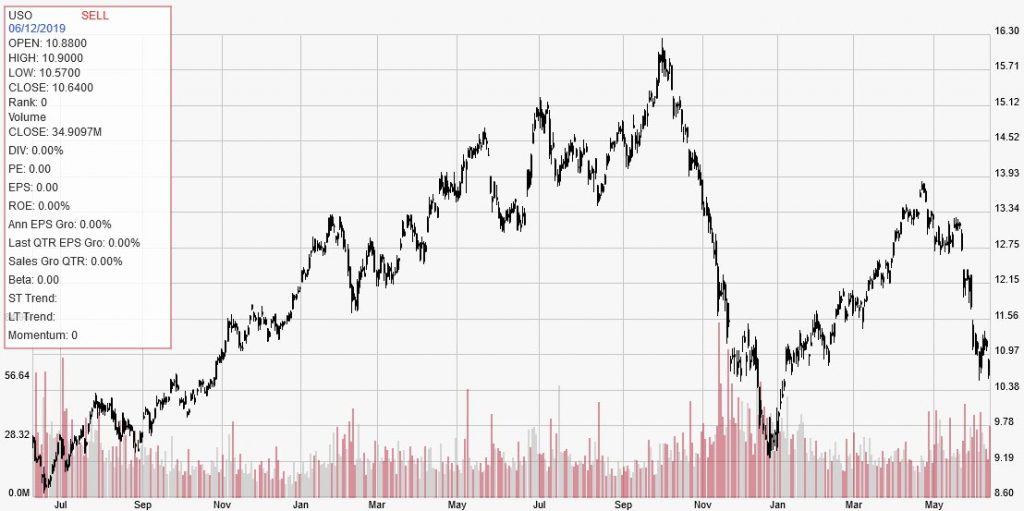Oil has assumed an outsized presence in the financial news lately, and for good reason: West Texas Intermediate (WTI) officially entered bear market territory last week by declining more than 20% from its recent April 23 high. Investors are scrambling to take their profits off the table as WTI – the benchmark for U.S. futures contracts and reference price for any oil traded in the country – continued to fall toward $51 on Tuesday. That’s the lowest level since mid-January.

But what many U.S.-based investors don’t realize is that Brent crude oil prices have been just as volatile. Brent – the most commonly used price benchmark in the world, with roughly 66% of all oil futures contracts worldwide using it as a reference point – just fell to $59.97 a barrel on Tuesday for its worst close since Jan. 28.
For the most part, both benchmarks are quite similar. They react to the same factors like weekly inventory reports and OPEC decisions, and they’re also both most commonly traded via futures contracts. These are contracts that obligate the buyer to purchase a set quantity of oil at a future date and price. Oil futures contracts are based on speculation – and therefore highly risky for the average investor – because the sellers are required to predict crude oil prices months or even years in advance.
However, the amount of risk typically depends on whether investors are buying WTI or Brent. Since Brent is globally traded, it’s usually riskier because it’s more susceptible to geopolitical events that could affect the flow of supply and spike prices. WTI, on the other hand, depends more on micro-scale news like U.S. supply reports and government policy.
That’s just one difference between the two. Here are three more that can help investors better understand these two different yet closely aligned markets…
No. 1: Sulfur Content
The most recognizable chemical difference is the amount of sulfur contained in each type of crude oil. Sulfur content and density determine how that oil should be processed into certain products. Oil with high amounts of sulfur is considered sour and less desirable than sweet, light-sulfur oil because sour oil requires a more expensive processing procedure. Similarly, oil with high density is considered heavy and less desirable than low-density, light oil for the same processing purpose.
Both WTI and Brent are classified as light, sweet crude, which is why they’re the two most in-demand crude oil price benchmarks in the world. The two have a nearly identical amount of sulfur content, but Brent is slightly heavier than WTI.
No. 2: Refining Purposes
Because WTI and Brent have different densities, each is used to make different refined products. While both are primarily used for gasoline refining, WTI is better suited for it since lighter oil is much easier for refining mass quantities of a high-demand consumer product like gasoline. On the other hand, Brent crude oil is better suited for refining heavy diesel fuel than WTI.
No. 3: Shipping Costs
The different locations in which WTI and Brent are produced affect how much it costs to ship each type of oil around the world. WTI is extracted from wells in the U.S. and sent to Cushing, Oklahoma – the central trading hub for the benchmark. Because it’s stored in a landlocked area near the center of the country, WTI becomes fairly expensive to transport overseas since each barrel has to travel thousands of miles before even being loaded onto a ship.
Meanwhile, Brent crude oil is fairly cheap to ship overseas since it’s drilled and produced in the North Sea, which is sandwiched between the U.K., Norway, and several other European countries. In other words, the oil is already out in the middle of the ocean when it’s drilled, allowing producers to easily transport it throughout most of Europe for a low cost.